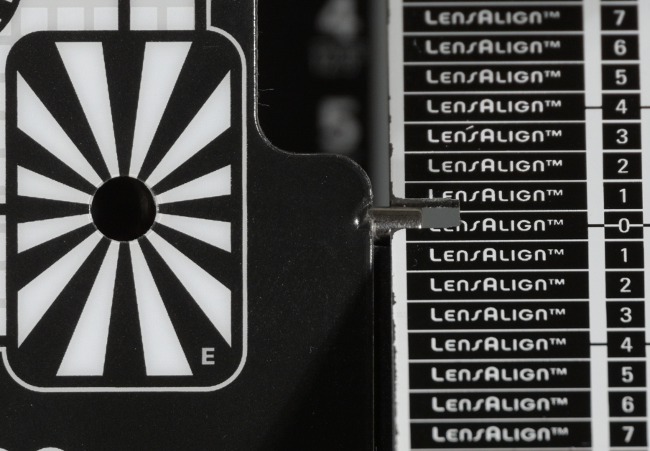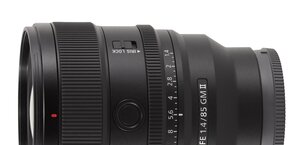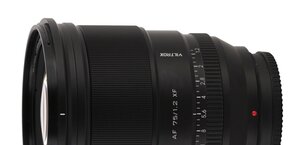Nikon Nikkor Z 600 mm f/6.3 VR S
10. Autofocus and focus breathing
Autofocus
When you join the Nikkor 6.3/600 VR with the Nikon Z7 its autofocus performance is completely noiseless but not especially fast. Running through the whole distance range and confirming the focus takes about 0.8-0.9 of a second, nothing impressive to tell you the truth. You should also mention the fact that you get a focus limiter at your disposal with a range from 10 meters to infinity. After switching it on you are able to shorten the focusing time to about 0.4 of a second.When it comes to the accuracy of the autofocus you can describe it in superlatives only. While testing the lens in studio conditions we got just one miss only. Outside, in good lighting conditions, everything works as it should. Problems might appear if the conditions aren't so ideal, it is a bit darker and the objects aren't properly contrasted. A bird sitting in the shadow on a tree branch might be a challenge for the autofocus, involving some time of hunting for the right position.
Photos below show clearly that the tested lens doesn't have any front or back focus tendencies.
Please Support UsIf you enjoy our reviews and articles, and you want us to continue our work please, support our website by donating through PayPal. The funds are going to be used for paying our editorial team, renting servers, and equipping our testing studio; only that way we will be able to continue providing you interesting content for free. |
- - - - - - - - - - - - - - - - - - - - - - - - - - - - - - - - - - - - - - - - - - - - - - - -
| Nikon Z7, 600 mm, f/6.3 |
 |
Focus breathing
Focus breathing tests show reframing images as you oversharp them. We conduct the test by manually passing from the minimum focusing distance to infinity with the aperture stopped down; then we check how the field of view of the lens changed as a result.A frame change ranging from 0 to 5% we consider to be low. Between 5 and 10% you can speak about medium levels. Usually such values constitute also the maximum efficiency level of any breathing compensation algorithms, present in some bodies. Between 10 and 15% focus breathing is high, above 15% its level can be called very high.
The test video of the Nikkor lens is presented below:






